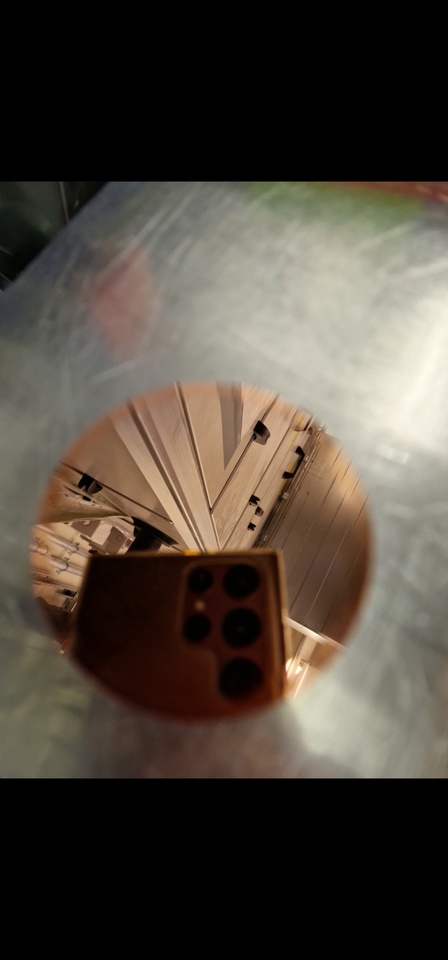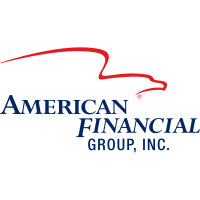Once again an update on my cashflow project.
For 4 days in Stuttgart, I was able to *cough* by the generous food allowance in Germany a $AFG (-1.56%) Share treat.
Tax-free income is invested 💪
In addition, I wanted to share with you gladly at the use:
I had 4 days of service there on an ultra-precision machine that is used to make laser mirrors out of copper, which $ASML (-1.43%) needs machines for its lithography.
Manufacturing tolerance on one mirror: 2 microns
To put this in perspective: The average human hair is 80µ thick, so you have to cut a hair 78 times to get 2µ.
Other products that can be made with this machine, maybe some of the users have in mind;
Contact lenses.
Who would like to look at such a machine times can watch the linked Youtube video.
#germanengineering #boersengehandelteralltag












